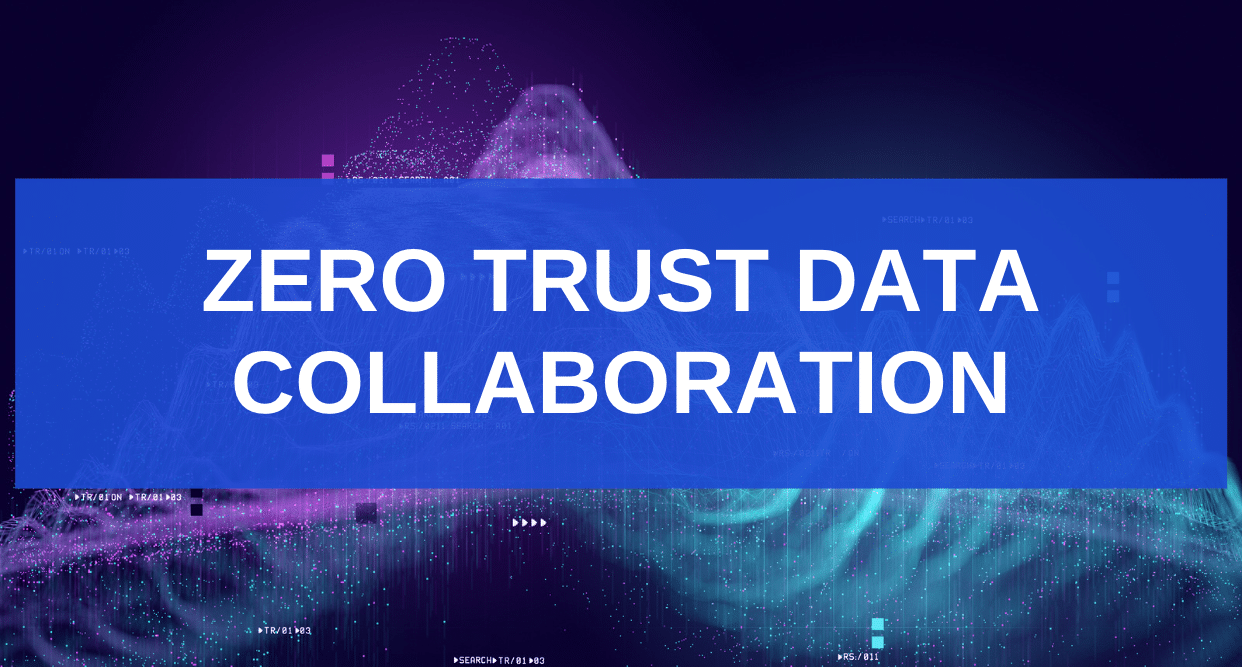
Data is the foundation of the information revolution and the knowledge-based economy. The right data, in the right hands, at the right time, has become a highly valued commodity across industries. Data is at the root of uncovering new business opportunities and defining new and more innovative products., The tech giants of today have built their businesses and value on data versus goods—e.g., Google, Facebook, Twitter, and Airbnb.
Data-driven enterprises are leveraging advanced data computational tools such as artificial intelligence and machine learning models to predict future demand and shape current buying patterns. However, enterprises frequently own only part of the data needed to build a complete and comprehensive picture, so they are pursuing data collaboration agreements with third parties. Enterprises across industries are collaborating around data sets created, curated, and owned by separate entities. For example:
When complete ownership and control of data by a single entity is not possible or feasible, enterprises have turned to legal agreements to govern collaboration on data with other enterprises.
Setting up a joint agreement between firms about the conditions under which confidential and sensitive data will be shared is a very common practice—and rightly so. Signing a data sharing agreement, or some other document that outlines how sensitive data must be protected, specifies in writing the types of data that will be shared, the consequences of knowingly or unwittingly sharing it with people who are not authorized to see it, and the ramifications if the conditions are breached. However, even the best data sharing agreement, contract or other document is built on the assumption of trust between the parties.
When trust works it offers a virtually unbreakable bond between people, but too often its fragile nature is destroyed by subterfuge, negligence, or innocent human error. NDAs, contracts, and intellectual property agreements do not keep sensitive data safe. What they do well is create a shared context of consequences and ramifications that activate if contractual terms aren’t met, but in terms of actually keeping sensitive data safe—they offer nothing. For example, contracts cannot guarantee that an employee authorized to work with the data won’t steal it, share it, or otherwise act outside of the original sharing intent. Any of those actions will trigger the consequences and ramifications in the contract, but the compromised data remains compromised, nonetheless.
Creating a shared legal context for data collaboration is a lengthy and labor-intensive process, especially when regulatory bodies must be informed, engaged, and convinced that the requisite safeguards are in place. Having an internal legal department review any proposed agreement is standard practice, and often external legal counsel is engaged for a second and more severe opinion. Along with regulatory approvals, anything that triggers legal review by internal or external counsel results in time delay and elevated cost. Trust is both slow and costly.
Privacy-enhancing technologies (PETs) drive key business results faster, easier, and with less risk—and without the cost incurred for trust. Data can be shared between firms faster because lengthy legal processes to establish joint responsibilities and conduct third-party security reviews can be minimized. Data remains encrypted and therefore is never shared in a way that a human at the other party can make sense of it, effectively removing the threat of accidental or malicious breach. Since the data always remains protected , the risks of inappropriate usage fall away.
Privacy Enhancing Technologies offer significant value in data collaboration initiatives:
Zero trust network architectures have become a significant trend in security circles, offering a new approach that re-thinks security as more than protecting the perimeter. In our research on zero trust last year, we commented that most organizations were putting too little focus on the fundamental data disciplines of zero trust, such as data audits, data classification, and data flow management. To that analysis from last year, we would add the demand to investigate the use of new approaches to data collaboration. Privacy-enhancing technologies enable collaboration on fully encrypted data sets, eliminating the trust condition from data collaboration agreements—or in essence, enforcing cross-organizational zero trust on data of interest to multiple parties.
___________

Michael is the Senior Research Analyst at Osterman Research, with broad interests in cybersecurity, data protection and information governance. Michael prepares survey reports and white papers for new projects, coordinating their completion through to publication.
Michael is the author of seven books on collaboration and user adoption, including Re-Imagining Productive Work with Office 365, User Adoption Strategies (2nd Edition), and Collaboration Roadmap.
Michael holds a Master of Commerce with first-class honours in telecommunications-based IT from the University of Canterbury in New Zealand. In his spare time, you will find Michael putting in lengths at the local swimming pool.